-
Posts
120 -
Joined
-
Last visited
Content Type
Profiles
Forums
Events
Gallery
Store
supertorial
Classifieds
Posts posted by yax
-
-
this is the event ive been talking about. enjoy reading!
1 -
lance
i'm really glad that you found our web useful in some way! that is one of the main reason we made such website.
grooveholmes
what article and size are you looking for, mate? some of them will be restocked. still really need to increase our scale of production
0 -
grooveholmes
lance
the website is up and running again. thanks for the heads up!
2 -
hi, looks like the web has exceeded the bandwidth (especially for the abroad server), never had this problem before. i'll fix it asap. and i'll inform you guys as soon as the web has run smoothly again. in the meantime maybe you can visit our facebook page http://www.facebook.com/oldblueco we also had a lot of things updated in there.
sorry for this inconvenience. cheers
0 -
helo there, sorry if i havent got back to some emails. just had a stunningly exhausting event in the last 3 days. i will post about that event in the oldblue's website too, soon.
for those of you who send an email, please kindly send me the same mail again (directly to [email protected]). i just realized that the contact form in the website just had a slight problem in receiving mails, i couldnt get back to the mail, because it was received incomplete. or for any question, inquiry, you can always shoot me a pm in sufu too. i'll gladly assist you about the product, shipping cost, etc.
oomlokop, sattyz, thanks for the clarification mates!
1 -
very surprised finding this in sufu. markus, thank you so much for posting this.
just a brief introduction, i'm yax from oldblue co. we're a very small denim brand from far away country, indonesia. as you can see, most of the heavy weight stock are sold out for now. its also because our production scale is really small for right now.
but we do have a plan to restock them sometimes in december or in the early of next year. but then again, we won't have them much.
if you guys allow me, i'd really love to post some other new (and interesting, i hope) oldblue's article(s) that we currently have, or maybe our upcoming article(s).
sorry for this long post, and cheers!
7 -
Oldblue Co. - 8.25" Cut 15 Oz Deep Indigo Okayama
+/- 4.5 months, 1 sea wash
the sea wash



--
the result
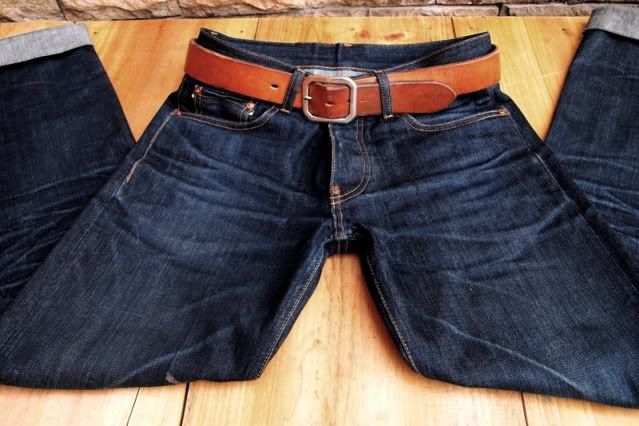
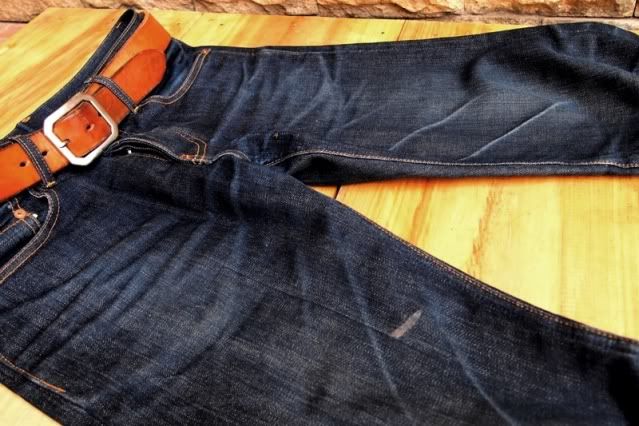
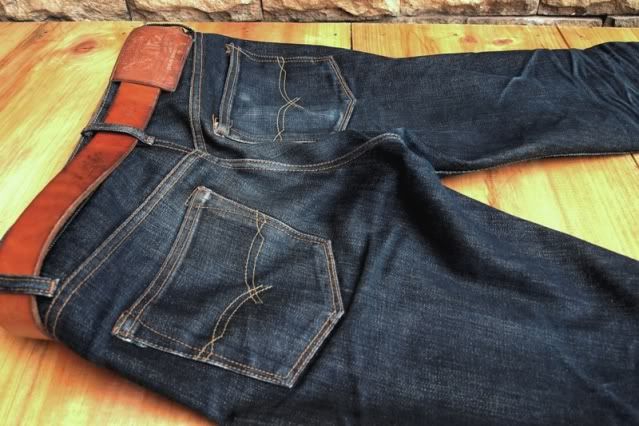

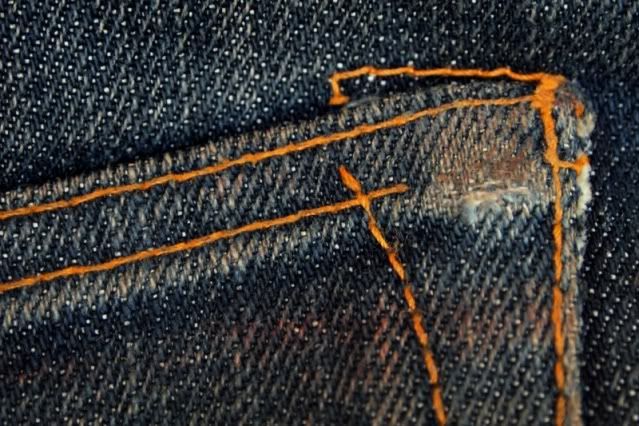
--
the horse hide
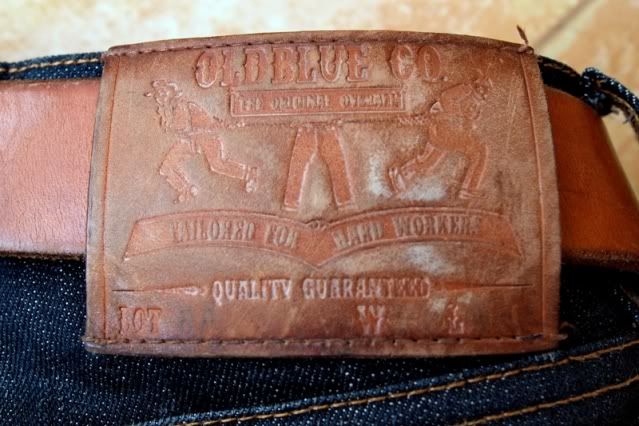
after treatment with red wing leather conditioner and a generic mink oil
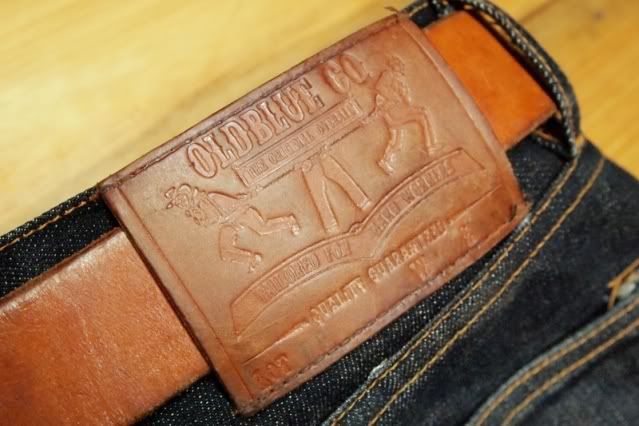 0
0 -
cont
The slogan about the Indonesian people are very friendly is still valid until this day. The owner is that generous, he let us stay overnight in his place.The next days, we found out there was also a indigofera plantation in the near village. After asking around, we found out where the exact place was, and took about 15-20 minutes motorcycle ride. It is located in Gemawang Village. The road that lead to the plantation was really tough, so many extreme up hills and down hills. Finally we could see the indigofera plants directly. The owner said that the plants were just recently harvested, so almost all the plants we saw were quite short. The indigofera itself can grow to 1 meter height.
The most important determinant to grow the indigofera plants is that the plants must be thoroughly exposed to the sun, without any hindrance. The plants which are obstructed, will not grow well, as you can see (but not clearly) in the picture below. And the other unique thing about the indigofera is that the time to harvest the plants will also be an important factor to determine the quality of the indigo color (the darkness level, the shade, etc) produced later. They said the best time to harvest the indigofera is in the early morning, or in the late afternoon.
fooling around first


the up and down hills

the scenery along the way
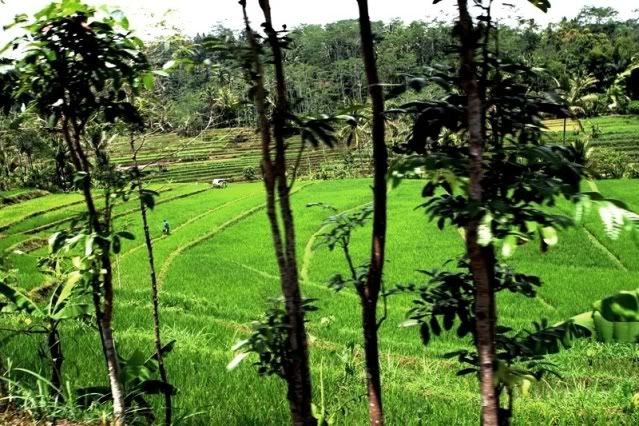
indigofera plants
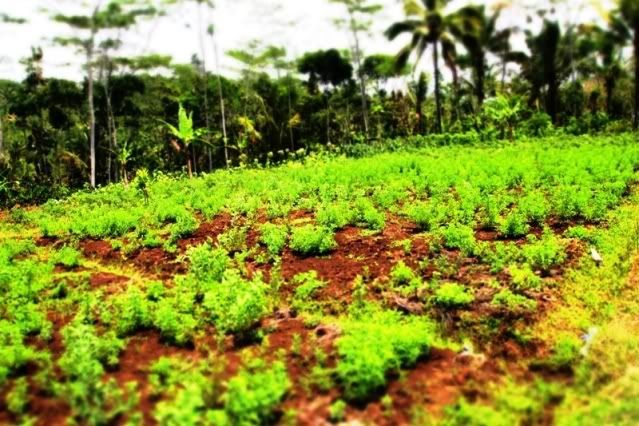
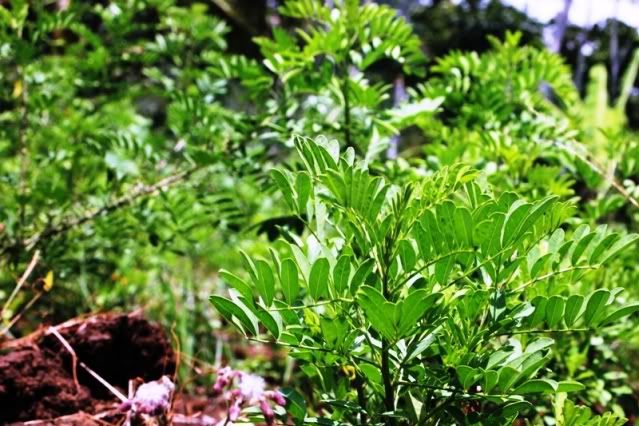
the seed
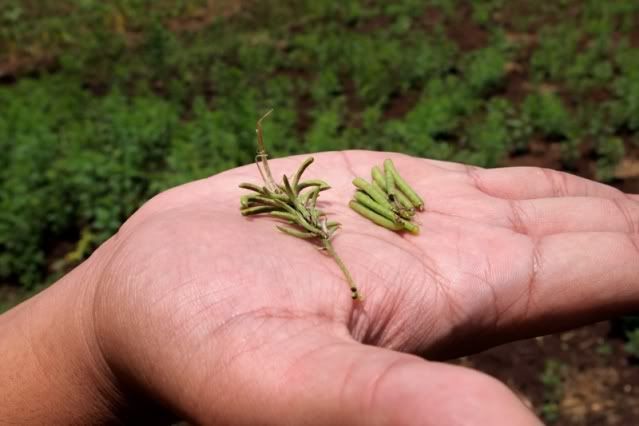
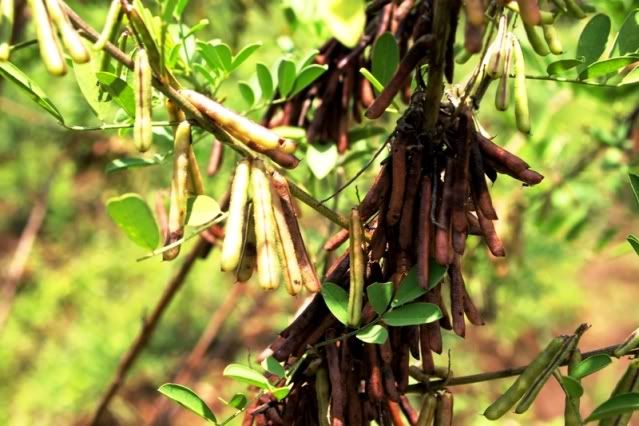
the obstructed plants (will not grow well)
 0
0 -
cont
the natural indigo liquid (formed as a paste before the dilution process)
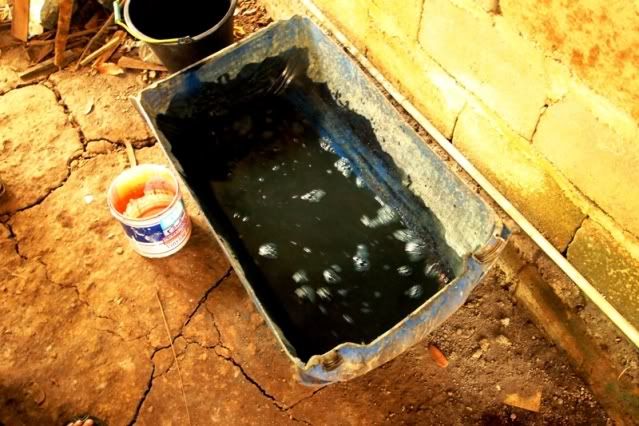
after left for a while to settle, the blue color turned into green, and finally turned into a dark yellow color

the video (dyeing process)
Eje_gKoiIhM
And more importantly, we also tried to dye (overdyed for the exact terms) our denim fabric into the natural indigo. Due to a quite long process (the denim fabric need to be dyed more than five times to create an appropriate dark indigo color) and we only stayed there for one night, we will have the fabric sent in the next couple of days. We'll surely post the result once we receive it. Can't wait.
the dipping process
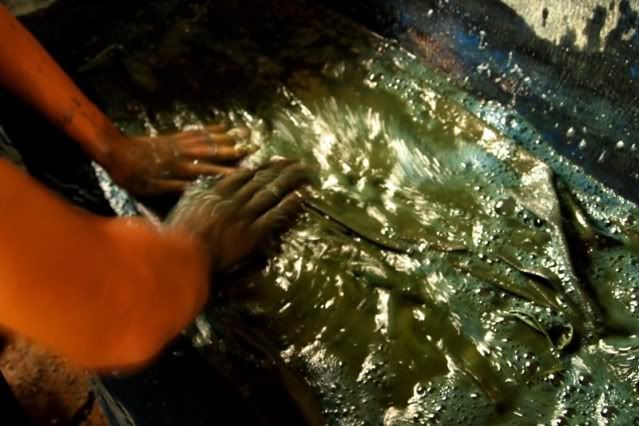
They're not only using indigofera as the natural dye ingredient, but they also use many other natural ingredients to create several other colors. Most of them are also from plants. For example they use secang woods (Caesalpia sappan) to create a red / orange color, tinggi plants (Ceriops condolleana) to create a red / brown color, jalawe rind (Terminalia Belerica) to create a yellow color, mahogany trunk (Swetenia Mahagoni) to create a brown color, mango seed / leaves (Mangifera Casturi) to create a green color, etc.
other natural ingredients
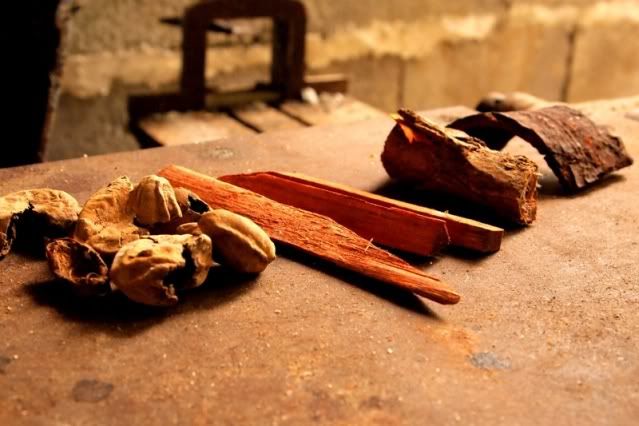
several resulted color (other than blue from indigofera)

After we satisfied watching the dyeing process, we had a chance to see some of their batik collections. One of many things that interesting about batik, is that the pattern (the drawing) always has a meaning, a philosophy behind it. For example is this batik we finally bought for our souvenir. The pattern is called Sido Luhur. The word "Sido" means become/grow, and the word "Luhur" means high/tall. it explained why there are many bird patterns in the drawing.
some of their batik collections, all of them using natural dyes, and purely handmade (batik tulis)
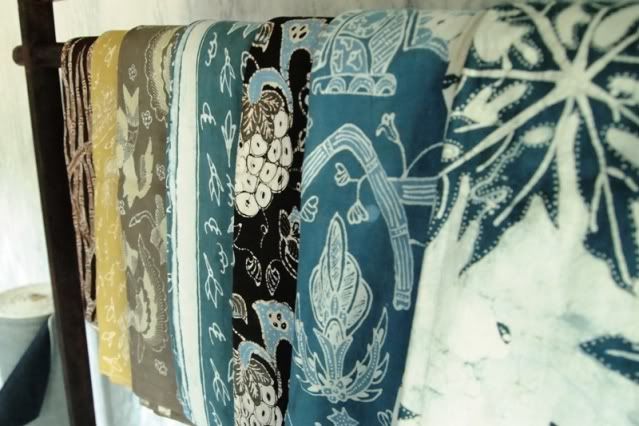
the sido luhur patern
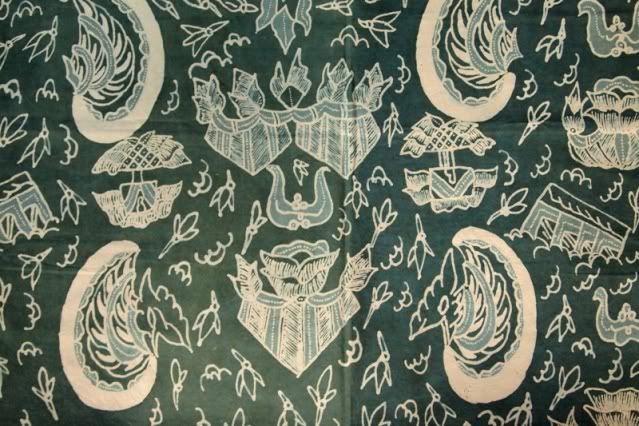
the night view

 0
0 -
The indigofera plants were first brought to Indonesia by the Netherlands. The indigo that day was originally used as the main ingredient for some cosmetic products (eye shadow), and the pomade / hair oil products. The first indigofera plantation in Indonesia was in Wonogiri (Central Java). In fact, the indigofera was one of the obligatory plants (beside coffee, cane, tea, tobacco, rubber) at the Cultuurstelsel practice during the Dutch colonial in Indonesia. Cultuurstelsel (or Cultivation System in english) is a regulation which requires a portion of agricultural production to be devoted to export crops. Indonesian historians refer to it as Tanam Paksa ("Compulsory Planting"). The practice was issued by the Governor-General Johannes van den Bosch in 1830.
But the story of indigo in Ambarawa is quite different. Although there were many "compulsory plantation" in that area, the indigofera was not included as one of the obligatory plants. The indigofera plants were found accidentally when the plantation was planted with coffee. The people only knew that the plants could fertilize the coffee, but they were not aware with the other function of the indigofera plants. They even tried to feed their cattle with the plants (maybe because they thought it was some kind of grass), but the cattle refused to eat it. It was after the intervene of the local government, the people finally learned about the real function of the indigofera. After the compulsory plantation of coffee in Ambarawa area, the plantation was replaced by the cultivation of rubber tree. The "extra" plants, the indigofera, were also slashed out. That was the time when the people in Ambarawa and the other near area started to plant the indigofera, for the right purpose of course.
That was a short summary that we can conclude after the trip. The idea of this trip was invented when we got an information that somewhere in Central Java, near Ambarawa, there is a batik craftsman that still use natural ingredient to dye their cloth. In the good old days, people in Indonesia used many natural ingredients for the base color of the batik cloth (before they drew a pattern in the fabric). As we always have an interest towards natural indigo, about the process from dyeing until it becomes a ready to wear garment, we decided to visit the relevant place although we're not really sure about how to get there.We decided to take a plane to Semarang (one of the cities in Central Java that quite near Ambarawa) and then take a ground transportation to find a the craftsman place. After 3.5 - 4 hours in total through the air and the land, we finally reached the place.
the departure
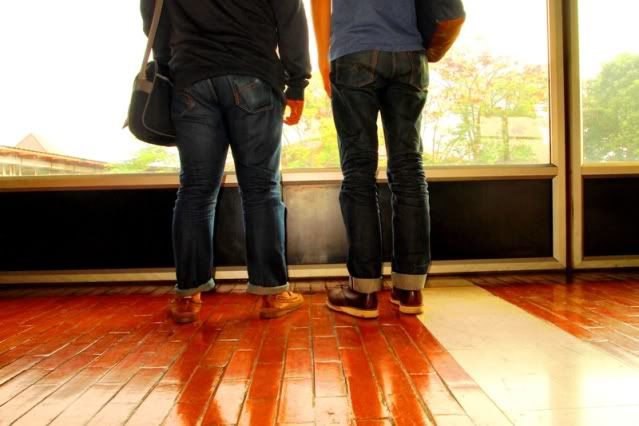
the road along the way
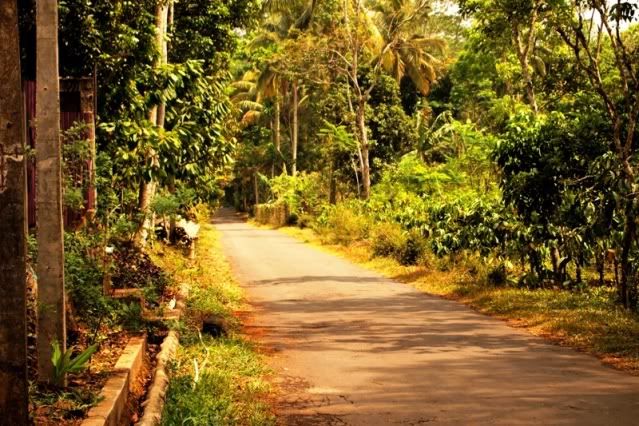
the dyeing room
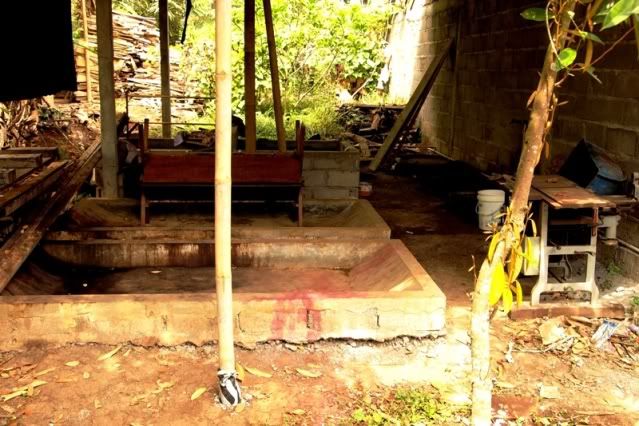
the dyeing tub
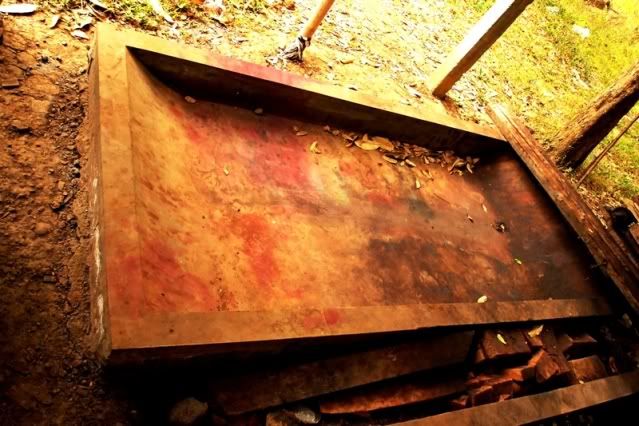
the drawing room
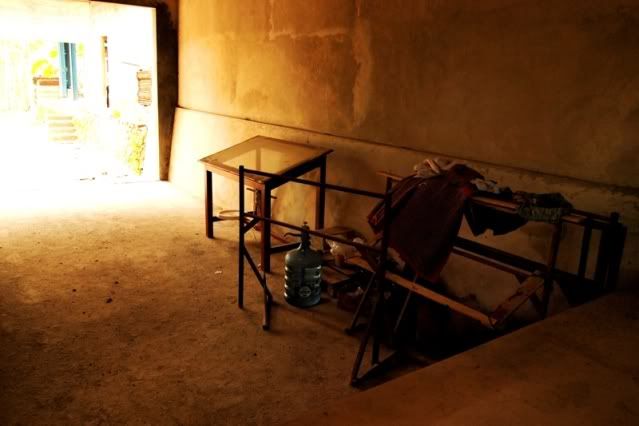
the drawing tools
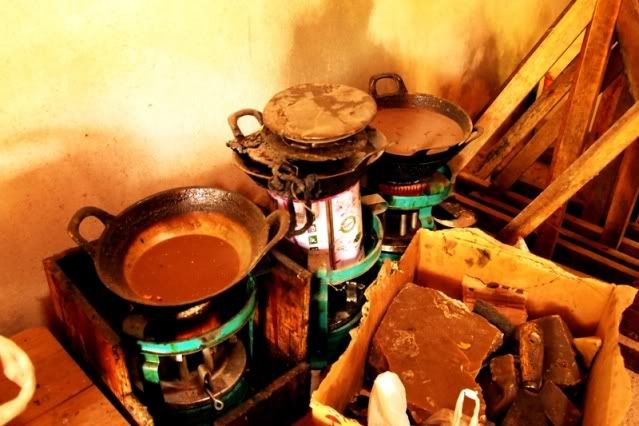
the preparation room (for the mordanting process before the fabric is dyed)

the boiling tools
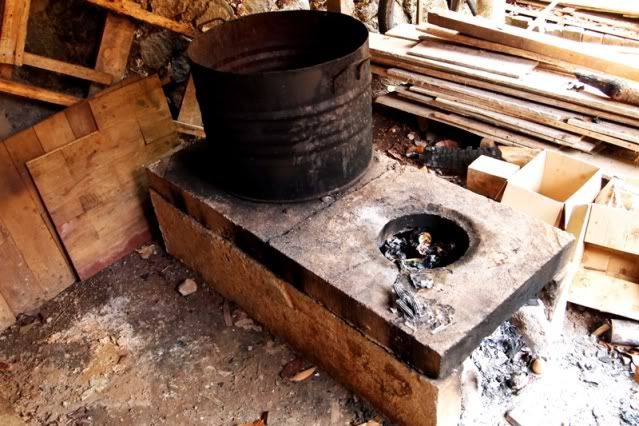
The owner was generous enough to let us see the process of dyeing the cloth with natural indigo, from the early stage (the preparation, i.e. boiling the cloth) until the end (hang the cloth dry in the sun). In fact, he told us to try the process ourself. Maybe you have seen quite a lot of the same video like this, but it always a pleasure thing to see the magic of natural indigo, about how the color change from yellow to blue after it reacted with the air.
the boiling process (one of the mordanting process, aimed to remove the dirt from the fabric and create a more evenly color in the next dyeing process)
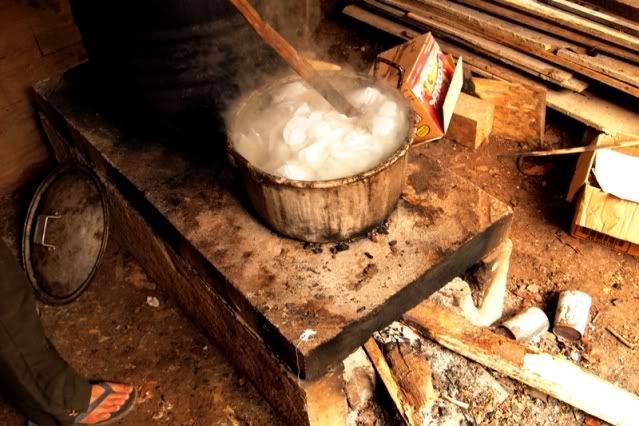
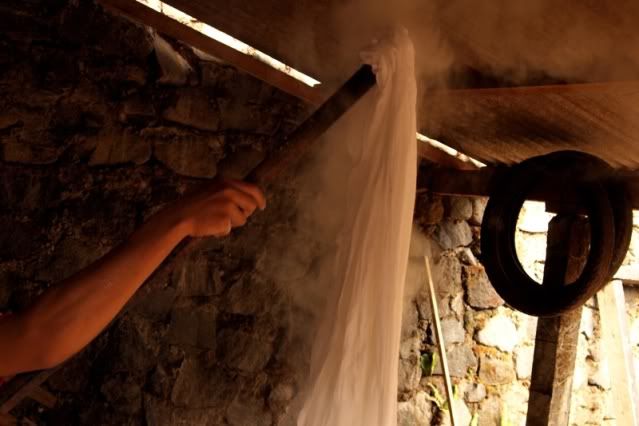 0
0 -
traded! thanks
0 -
to the top!
0 -
to the top!
0 -
to the top!
0 -
to the top!
0 -
to the top!
0 -
to the top!
0 -
to the top!
0 -
to the top!
0 -
to the top!
0 -
to the top!
0 -
to the top
0 -
to the top
0 -
to the top
0




Oldblue 21oz
in superdenim
Posted
first of all, i know that this post and information is far from perfect. and maybe you have seen same kind of pics many times. but i hope it gives you enough idea (and maybe some additional information) about the workmanship process of a pair of jeans.
Workmanship : a Pair of Oldblue Co. Jeans
~~~
Patterning and Cutting
Small Parts Construction (for example coin pocket construction, front pocket and pocket lining construction, and fly construction)
Yoke Construction
Front Leg Construction
Back Pocket Construction
cont'd